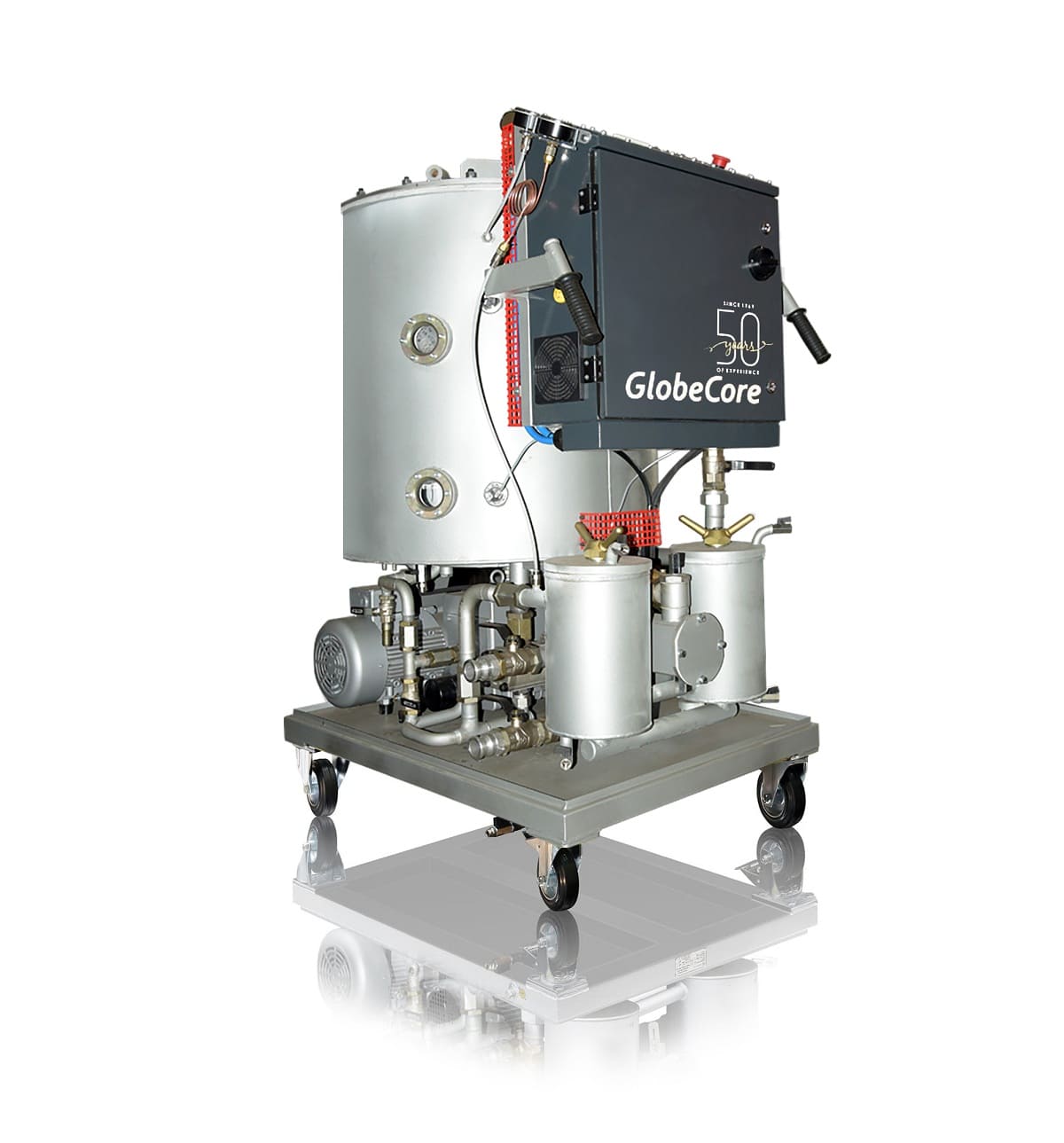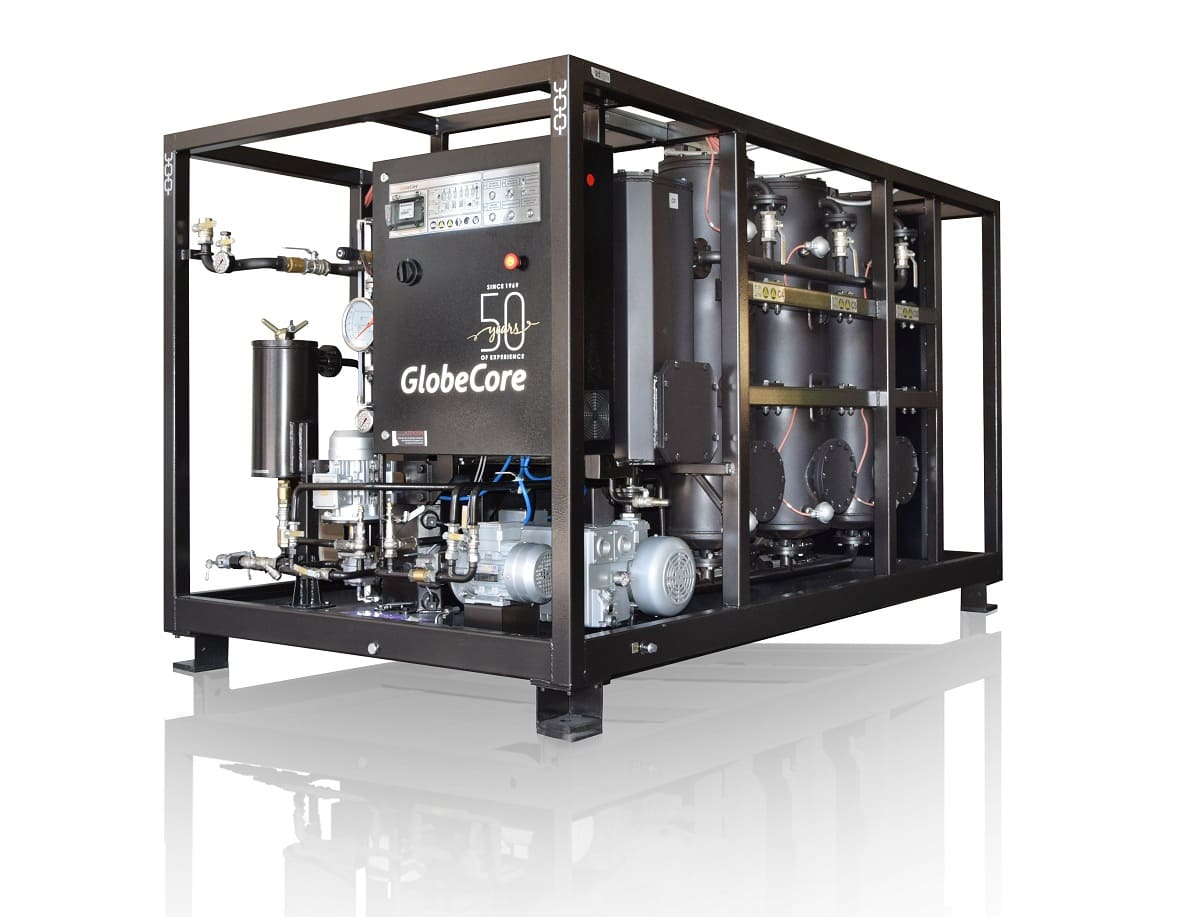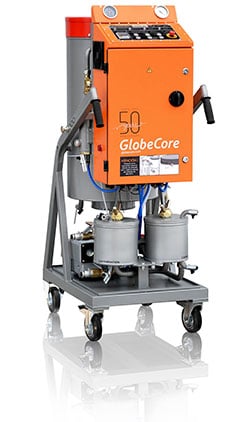What are the key components of Hydraulic Oil Filtration Systems and their functions?
- This topic has 1 reply, 2 voices, and was last updated 1 year, 2 months ago by .
Answers
-
October 7, 2024 at 12:42 pm by Alexander Taylor
The key components of Hydraulic Oil Filtration Systems include filters, pumps, valves, control units, monitoring sensors, and coolers. Filters are the primary component, capturing particulates, moisture, and contaminants to protect hydraulic equipment. These filters can vary in type, including cartridge, centrifugal, magnetic, or pleated filters, each designed for specific contaminant removal. Pumps circulate the hydraulic oil through the filtration system, ensuring continuous flow and effective purification. Valves control the direction and flow rate of the oil, allowing for adjustments based on system requirements and maintenance needs. Control Units manage the overall operation of the filtration system, automating processes such as flow regulation and filter replacement schedules. Monitoring Sensors track oil quality parameters, such as contamination levels, pressure drops, and flow rates, providing real-time data for system optimization and maintenance alerts. Additionally, oil coolers may be included to maintain optimal oil temperature, enhancing filtration efficiency and system performance. Together, these components ensure that the hydraulic oil is consistently purified, protecting the system from wear, corrosion, and inefficiency, and thereby maintaining the reliability and performance of hydraulic machinery.



